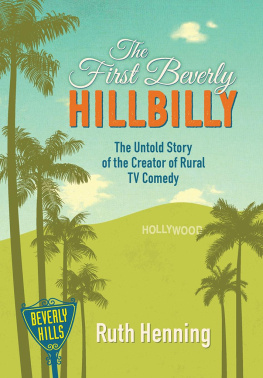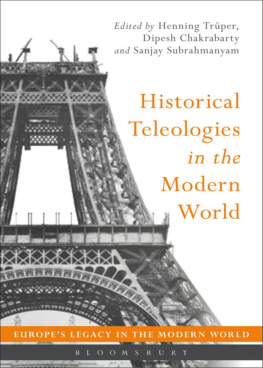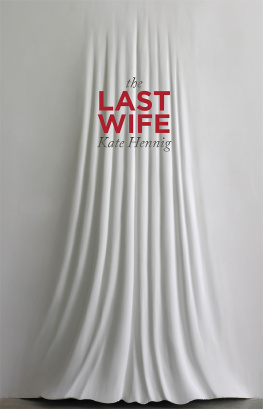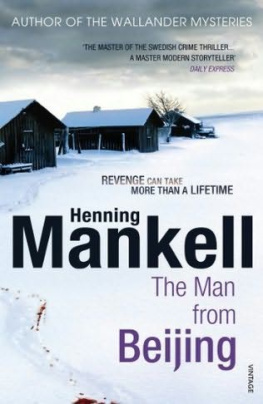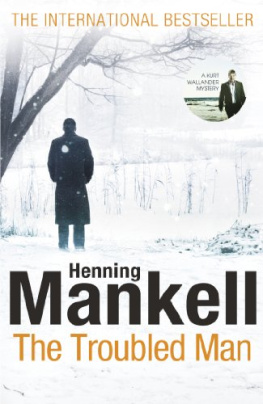The First Beverly Hillbilly
Ruth Henning

Copyright 2017 Ruth Henning
Published by Woodneath Press
8900 NE Flintlock Rd.
Kansas City, MO 64157
Cover design and typography: David Reynolds
All rights reserved. This book, or parts thereof, may not be reproduced in any form without written permission from the publisher or author, except for the inclusion of brief passages in a review.
*Denotes images considered orphaned works. The Woodneath Press made reasonable efforts to identify the right holders of these images. Persons with any additional information regarding copyright ownership of assumed orphaned works should contact the Woodneath Press.
Publishers Cataloguing-in-Publication
(Provided by Woodneath Press: A Program of Mid-Continent Public Library)
Henning, Ruth
The First Beverly Hillbilly: The Untold Story of the Creator of Rural TV Comedy / by Ruth Henning
p. cm.
LCCN
ISBN-10: 1-942337-03-5
ISBN-13: 978-1-942337-03-4
ISBN: 978-1-942337-04-1 (e-book)
I. Television writers United States Biography,
II. Henning, Paul (1911-2005)
To Paul, the First Beverly Hillbilly, for the love and laughter he gave to millions of people and especially to me.
Table of Contents
Foreword
Jackson County Historical Society
This is the story behind this story short in the telling, but held together by a common theme: people who care about preserving, sharing and remembering.
Sue Gentry, a longtime Independence, Missouri. journalist and local historian, was much beloved by many; myself included.
She loved people, her community, stories and shared much of what she found out and learned in her regular newspaper column - appropriately name The Local Gentry that appeared in The Independence Examiner .
It was a 70-year career during which she shared the news from Main Street, marriages, famous visitors, small-town gossip, presidential scoops and recounting the history of a community that grew from 12,000 to 115,000 during her lifetime.
Her knowledge of the community was encyclopedic.
She was a rare combination of vitality, curiosity, gentility, humility, good humor and industry.
Good fortune, mine, allowed us to be close.
We were friends, neighbors and journalistic colleagues who had an abiding deeply interest in local history. She was a capable teacher; I was an attentive student.
Late in her life, Sue gave me a humbling assignment: give her eulogy at memorial services date, as yet, undetermined but with proviso: Make it sound good, but not too good, so people will believe it.
Sue was wonderful in so many ways.
This wonderful memoir about Paul Henning, written by his loving wife, is but one example. Frankly the exact details are a little murky, but the memory is clear.
One day, or perhaps evening, I had wandered over to Sues house where she ultimately lived for 75 years. At some point during the visit, I remember her pulling out a photocopied manuscript with the fetching title The First Beverly Hillbilly.
I recognized the Henning name the hometown boy who as the creator of the Beverly Hillbillies. I glanced at the manuscript but paid no mind.
Gentry knew the Henning family. In fact, Hennings mother Sophia (then a widow) lived in a house two doors south of Gentrys home during the 1940s and they undoubtedly knew each other well.
When first married, my wife and I actually lived in the very house but only realized the Henning connection years later. There were lots of stories in the neighborhood many of them involving someone named Truman.
Years passed and on some unclear impulse I became curious as to the whereabouts of the Henning manuscript. My hope was it could be found somewhere amongst the endless boxes of Gentry materials which came to the historical society following her death in 2004 at age 99.
Diligence and assistance from others discovered the manuscript which proved to be a loving memoir by Ruth Henning about her enormously talented by self-reserved husband Paul.
Found tucked inside the manuscript was a November 1994 letter from Ruth Henning to Gentry which shared some personal news and an update on a project discussed during an earlier visit to Independence.
The copy of the manuscript Im sending has had some revisions since I wrote this, but most of it is the same, Ruth wrote. She had written a new first chapter and an extra chapter about Hollywood in the 1940s and more names from the industry.
She closed her letter on a hopeful note for her project: Thank you for being on my side about this book. I really believe one day it will find a publisher.
And two decades later it has.
For that many deserve of our thanks and gratitude: Ruth who it wrote it, Sue who it saved it, the Jackson County Historical Society for preserving it and countless others, particularly the Mid-Continent Public Library, who have made this book a reality.
In working on this project, we have discovered additional information about Henning: oral histories, photographs and other details which we are sharing online at www.beverlyhillbilly.org.
Paul Henning used his love of the Ozarks and rural America as an endless storehouse for comedy. The premise was simple: cultural conflicts. Rural folks were transported to the big city (Beverly Hillbillies) or the city folks moved to rural life (Green Acres). The juxtaposition provided fodder for misunderstanding and figuring out how to fit in and be part of the new community. These cross-cultural challenges continue to challenge contemporary American.
Henning started out in early radio he wanted to sing but found his true gifts as a writer and pioneer in early television and movies.
We are happy for our small part in this project and extend our heartfelt thanks for the immeasurable efforts of others to finally share this story about a particular time and a shy, but special man of enormous creative talent that shaped the collective memory of a generation.
Thanks abound.
Brent Schondelmeyer
Jackson County Historical Society
August 2017
What Time Is Dinner?
Once upon a time, a new television show made its debut on CBS in prime time. Everybody hated it: the sophisticates, the industry insiders, the intellectuals, and most of all, the critics. Some of the things they wrote or said were:
If television is a vast wasteland, this show is Death Valley.
Too absurd to be even slightly amusing.
Pure corn.
A one joke show.
Fifth grade mentality.
It wont last the season.
Pretty mean, huh? Pretty hard to take. The amazing thing though, was that the third week it was on, it was rated number one by Nielsen, which everyone knows is the show business Bible. The talk escalated.
Its the hicks! said the smart guys, eating lunch on the Sunset Strip and trying not to drop bean sprouts on their imported jeans. The hicks! Between the east coast and the west coast, there are millions of them.
Its the novelty, others said, twining pasta on their forks and wiping virgin olive oil from their chins. As soon as they realize how bad it is, theyll change the channel.
But they didnt. The modest little show stayed on for the whole season, and whats more, it stayed number one. It even beat out such surefire winners as Perry Como and Bob Hope. How could anyone predict that? CBS had slotted it on Wednesday nights just before The Dick Van Dyke Show, which was in trouble because its ratings had slipped. Soon everyone could see that another strange thing was happening. Now that Dick Van Dyke had the lead-in of the number one show, his ratings went up, and even Mary Tyler Moore admitted, Our show would have died after the second season if it had not been for that show.
Next page
